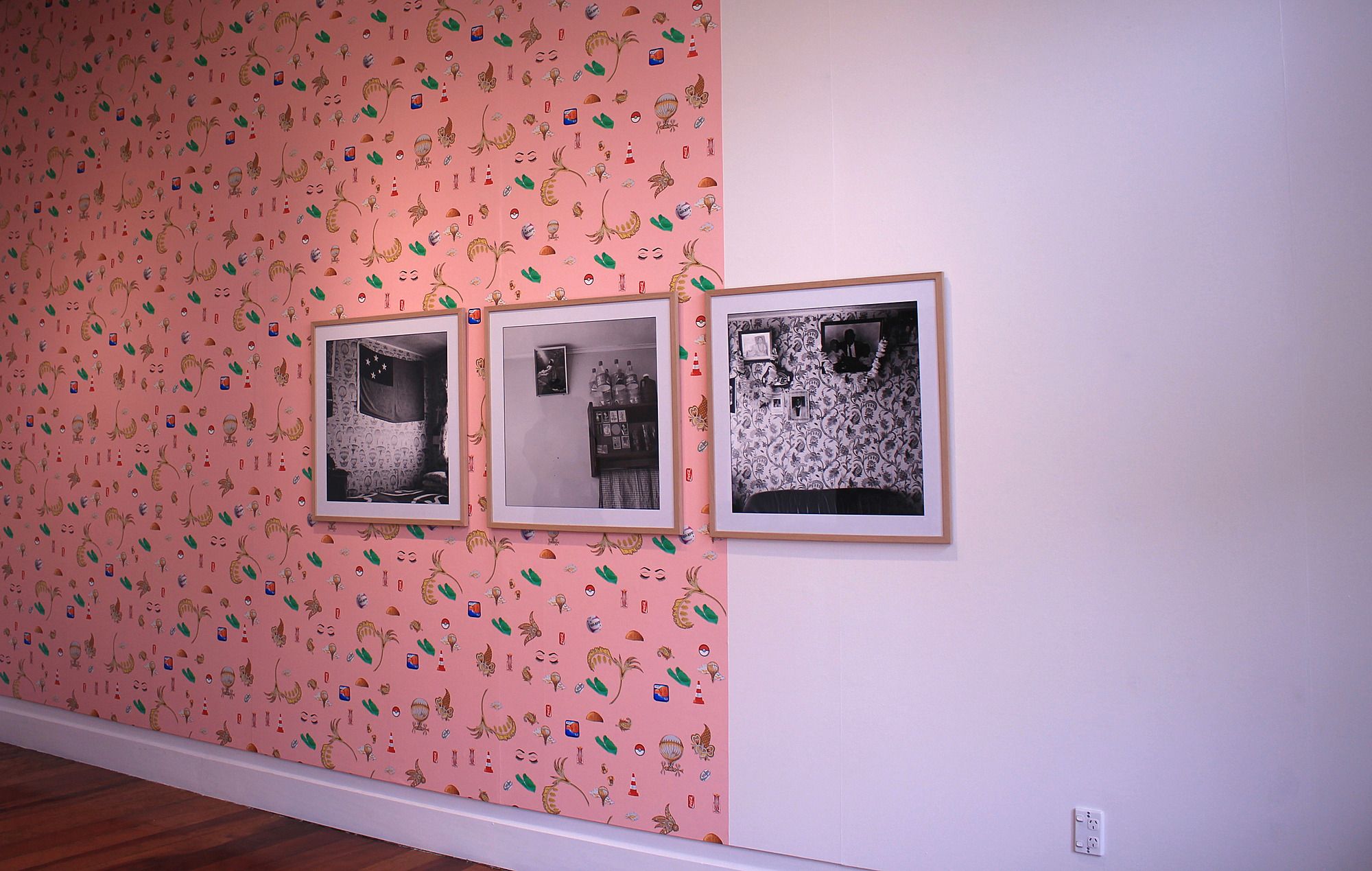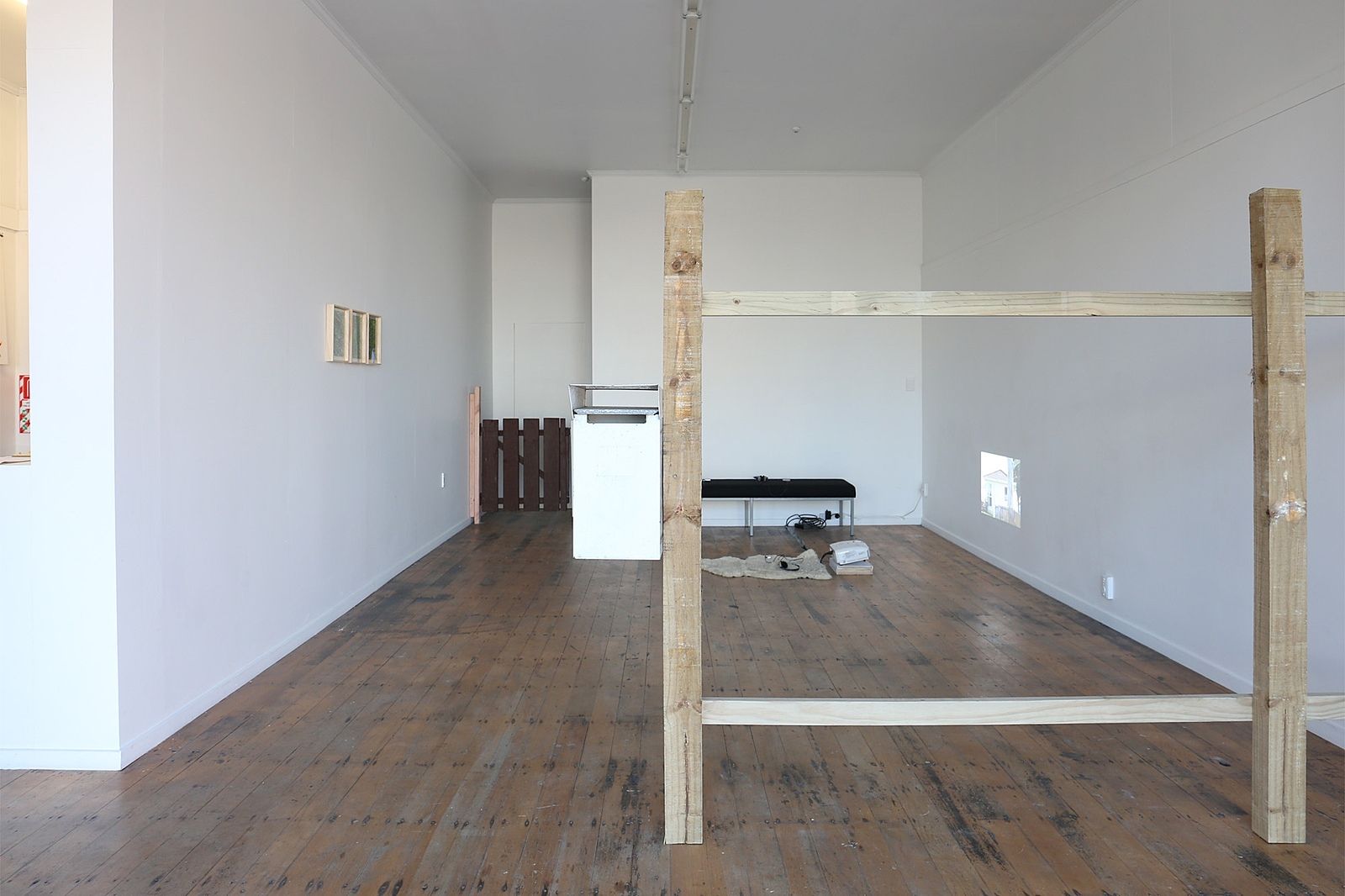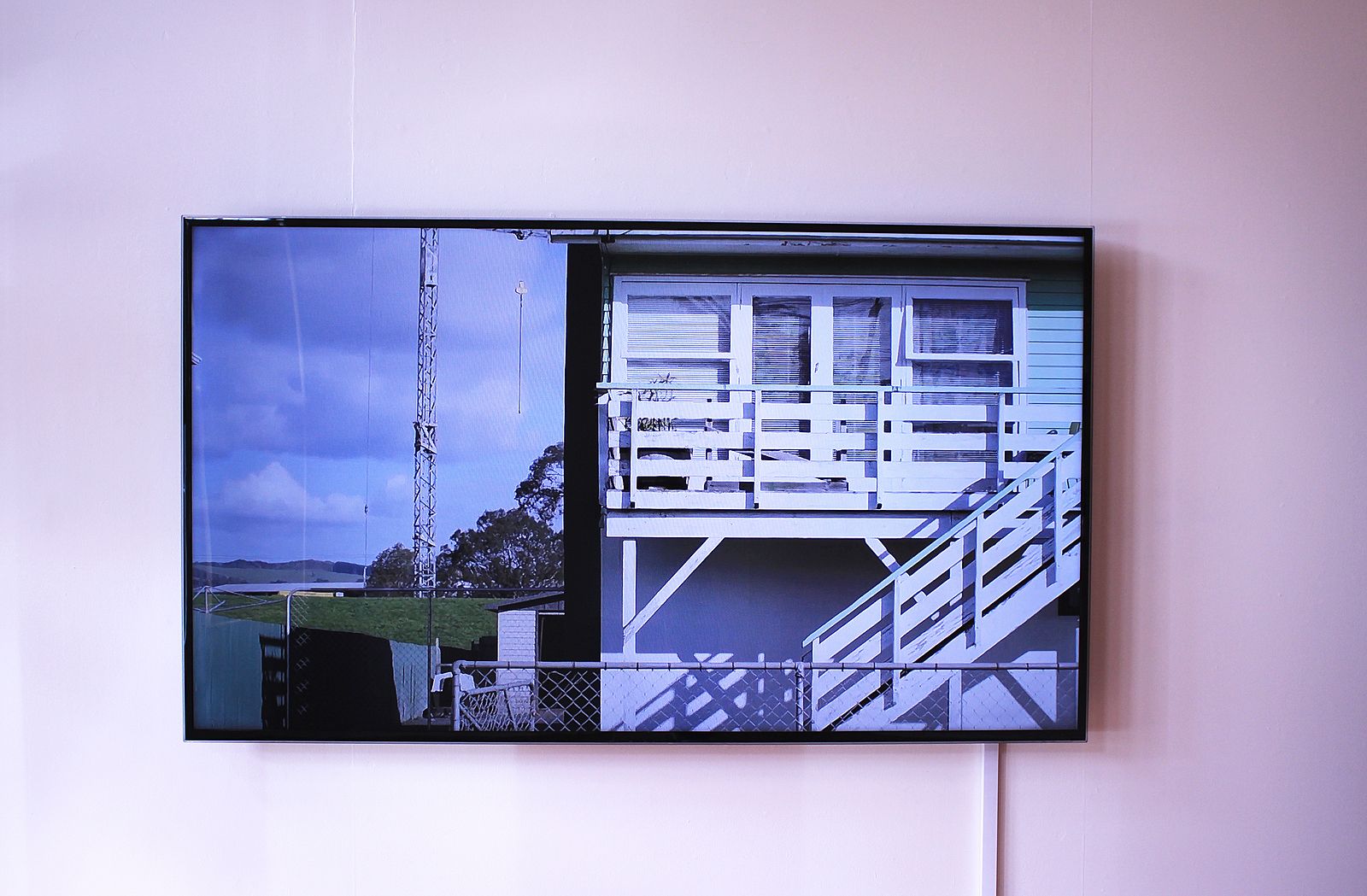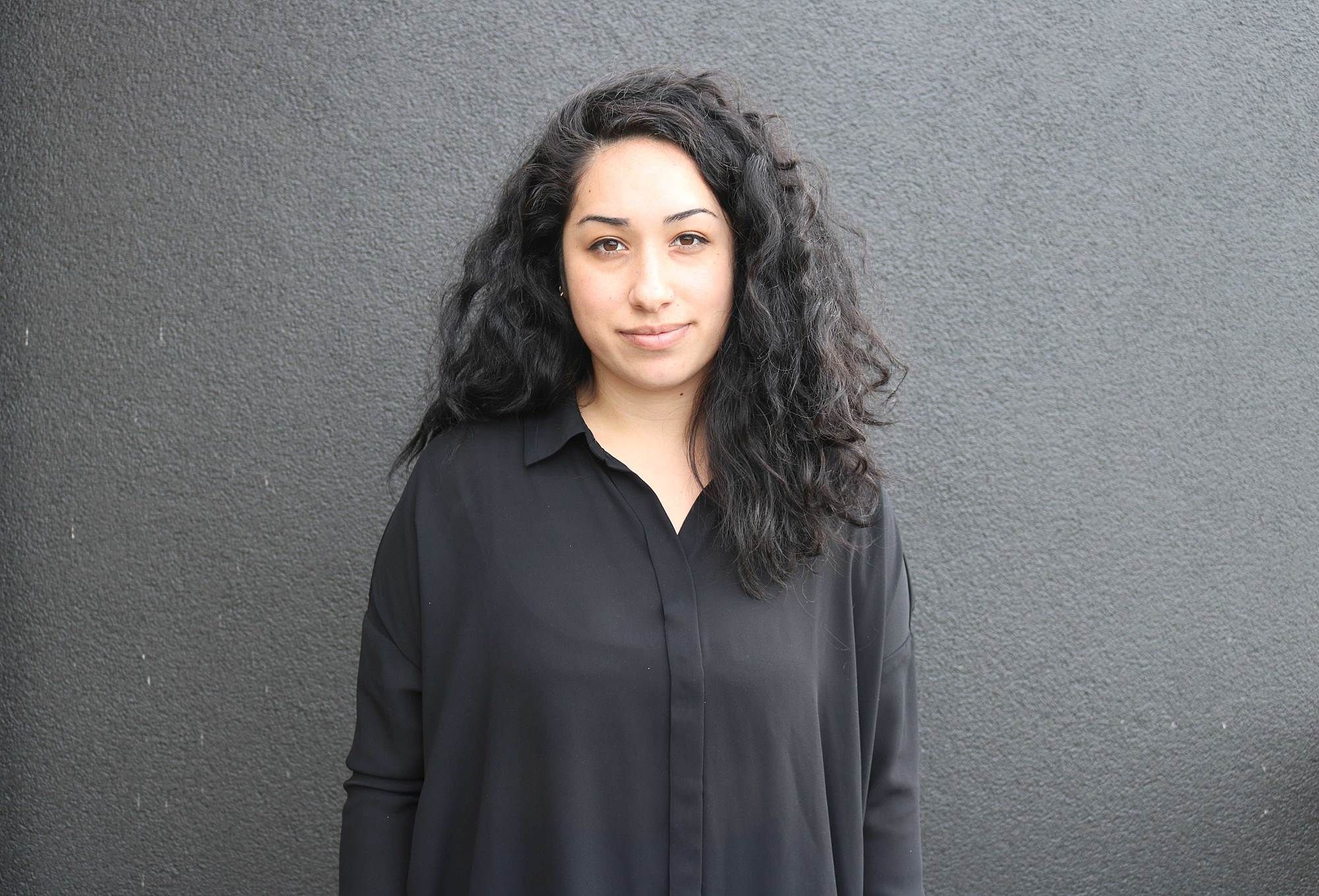State Housing in the First Person: A Review of Generation Housing NZ and I’ll see you at Orion
There’s more poignant conversation in this housing crisis.
There’s more poignant conversation in this housing crisis.
“Housing crisis to end in tears” was the headline of a Herald article run last week. The focus of this particular article, the same one which has consumed our media, our politics and our wallets over the past five or so years, was first home ownership. As it observes, the tired millennials-will-never-own-homes-because-they-eat-too-much-avocados narrative is really a story of unaffordability. More specifically, it’s a story of harsh demographic change, as those who come from generations of home ownership realise that the quarter-acre New Zealand dream may no longer be in their reach.
Projects such as the Tāmaki regeneration in Glen Innes are supposed to ease this inability to own homes, promoting a promised mixture of affordable and social housing. However, they carry a heavy social cost: in ‘The Housing War Is A Class War’, Ella Grace McPherson-Newton and Vanessa Cole argued, that this was a trial run for the “logic of freeing up land supply, increasing density, and implementing inclusionary zoning policies. The redevelopment entailed the demolition of state housing and the eviction of tenants.”
Up until now, the community of Glen Innes, included 2600 state houses. Even if the pledge for replacement levels of state housing is eventually honoured (albeit on smaller or even non-existent sections of land), the question has to be asked – who becomes dislocated when these new home buyers move in?
For many communities, including G.I’s, the idea of owning a home was never in reach. Their housing affordability crisis has been a lifelong one. For those who do not come from generations of ownership, the housing crisis is a much different one – it’s about availability. As a middle-class population spreads out to the suburbs in search of something they can meet mortgage repayments on, the not-so-glamorous part of the housing crisis has become about a basic need for shelter. With social housing now so inaccessible, this may not be a house, but a car, a garage or even the manaakitanga of a marae or church.
While McPherson-Newton and Cole are correct in their assertion that this is a class crisis, perhaps even more pertinent is that it is a race crisis. As Damon Salesa argues, this particular housing crisis disproportionately affects the Pacific community in Auckland. Since 2006, Pacific people in Auckland have had the lowest home ownership rates among all the main ethnic groups. According to a Statistics NZ report 41.5% per cent of Pacific people in rented households lived in a Housing New Zealand Corporation (HNZC) property in the 2013 census. With almost half of the Pacific population in social housing you can quickly see who is being most affected by the middle-class spill into the suburbs, and the sale of state houses.
A house and a home are two distinct things, and with the aggressive Housing New Zealand intensification and the move from young middle-class first homeowners into these formerly less-attractive areas, not only are memories being erased but certain people of Tāmaki Makaurau are being shut out.
One exhibition which focused on the removal of state housing, and directs attention to the question of who it targets, was Generation Housing NZ by Cora-Allan Wickliffe (Ngā Puhi, Tainui, Alofi, Liku) and Daniel Twiss (Lakota, Sioux, Rosebud Reservation) at Blue Oyster Art Project Space (30 August 2017 - 23 September 2017). The couple moved back to Aotearoa to have their son a year or so ago, moving into Wickliffe’s family home, 8 Cole Place, a state house in West Auckland. Wickliffe’s family lived there for 28 years and at one time it housed three generations of the family. Shortly after the couples arrival to Aotearoa, Wickliffe’s parents received a letter stating that they “no longer met the requirements for state-funded housing”. It was vacated in January this year. The land is now being redeveloped by Housing New Zealand to fit three dwellings on the single section, as a part of an intensification of the social housing on that street.
1,500km south in Dunedin, Blue Oyster Art Project Space is a somewhat unlikely space for an exhibition dealing with such localised issues. However, the dislocation from Tāmaki Makaurau somehow provides a political reprieve, space to contemplate the local conversation outside of the city. The first room in the gallery is reminiscent of 8 Cole Place itself, a white metal letterbox secured on to fence framing and a brown painted gate – all of which appear as being repurposed – act as physical interventions within the gallery.
Hanging on the right wall is a HNZC letter, one which would be similar to those received by the Wickliffe family. Framed, it stands as a memory, for better or for worse. Walking past the letter box, we come to an imagined inside of the house, in the middle of which a rug sits in front of a projected street view of 8 Cole Place, with three listening devices sitting atop. Each device plays a different conversation from inside the family home. The culmination of sitting on the warm rug, staring contemplatively at this house and then being a fly on the wall to the conversations inside, provides a sense of the loving and nurturing environment that it was for the artist and the extended family, and the nostalgia of holding onto that.
Another exhibition which draws on the community spaces that family houses can act as and contain is I’ll see you at Orion a solo exhibition by Louisa Afoa (Samoa) at Corban Estate Arts Centre (8 September – 22 October). Taking its title from the Papakura street that Afoa’s great Aunty and Uncle lived on, it recalls the family and cultural hub that the home served as for the artist. The exhibition focuses on the rent-to-own state house, with a reimagined wallpaper that includes references to key family objects and motifs of significance. On top of the wallpaper are three photos taken from within the original house, each pulling on interior decoration many Pacific families will be familiar with – the national flag proudly pinned to the wall, family portraits adorned with lei and reproduced drawings of Jesus.
Afoa has previously drawn on family lives within state homes, particularly her own family home on Pratt Street in Papakura. One significant work was 23 years (2013), a film which gives a tour of her family home, overlaid with audio from her mother retelling an inspection she had with a Housing New Zealand representative. As the family grows older and expands, Afoa’s multi-generational family home, like many family homes acts as sancuturary bringing everyone back together over and over again. Through a window into Afoa’s life, the film emphasises exactly what is at stake within this housing crisis. Mounted to the wall in I’ll see you at Orion is the film Orion (2014), which perhaps works as a 23 Years: Part II. We are given a sort of tour of Papakura, as the film traces the journey of Afoa’s brother’s hearse between Pratt Street and Orion Street, as all the while we hear the choir who sung to his casket. While it’s easy to read in a wider socio-political context here, Afoa is purely documenting her life and those of her family, opening up her home and her experiences with upmost vulnerability.
*
These two exhibitions join Micheal Parekowhai’s The Lighthouse in a contemporary statement about the place of social housing in Aotearoa. The Lighthouse occupies a prime piece of real estate on Auckland’s waterfront, reminding corporate Auckland, as I argued back in February, that “everyone here has the right to a good, strong, warm home.” If that work represents a homage to one of the country’s most important social institutions, the state house, then Afoa and Wickliffe join this national conversation in a way only children of social housing can, by making it personal.
The movement to intensify social housing is noble on paper, in that we need a hell of a lot more. There is clearly a shortage which cannot keep up with urgent demand. However, what does it say when those who receive social housing aren’t allowed to be a part of the quarter acre dream too? The solid three-bedroom, two storey architecture of The Lighthouse has long gone and with it, decades of family memories imbued within. A house and a home are two distinct things, and with the aggressive Housing New Zealand intensification and the move from young middle-class first homeowners into these formerly less-attractive areas, not only are memories being erased but certain people of Tāmaki Makaurau are being shut out.
It’s easy to smooth over the housing crisis by treating it as a matter of dollars and demographics, focusing on avocados and millennials, but let’s not forget about the more poignant conversation at its core, a human one, about our universal right to have a home and not just shelter.




